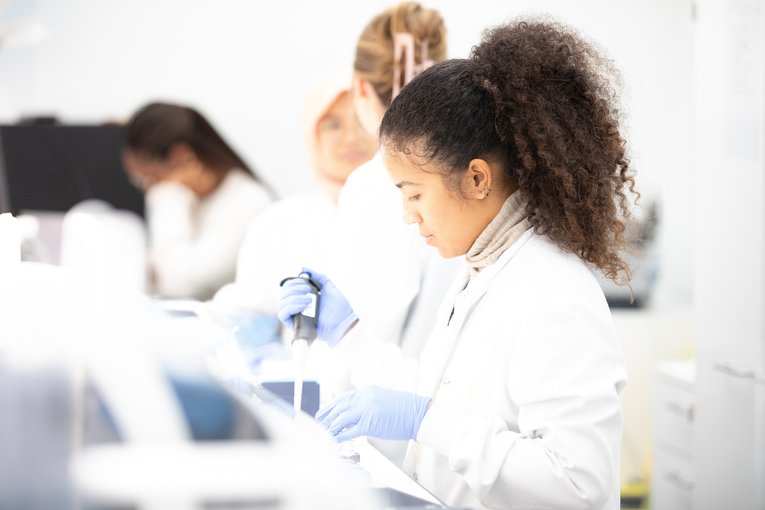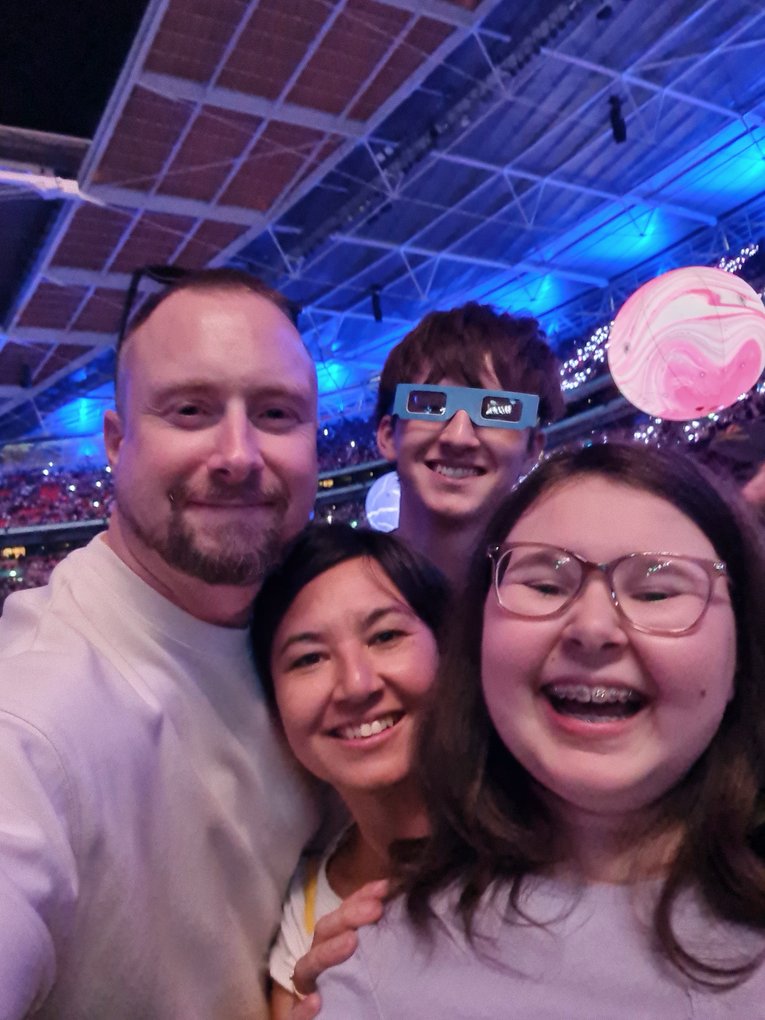
https://www.gosh.nhs.uk/news/benefits-gene-therapy-seen-decades-after-treatment/
Cellular benefits of gene therapy seen decades after treatment
16 Mar 2021, 4:54 p.m.
An international collaboration between Great Ormond Street Hospital, the UCL GOS Institute for Child Health and Harvard Medical School has shown that the beneficial effects of gene therapy can be seen decades after the transplanted blood stem cells have been cleared by the body.
The research team monitored five patients who were successfully cured of SCID-X1 using gene therapy at GOSH. For 3-18 years patients’ blood was regularly analysed to detect which cell types and biomarker chemicals were present in their blood. The results showed that even though the stem cells transplanted as part of gene therapy had been cleared by the patients, the all-important corrected immune cells, called T-cells, were still forming.
Gene therapy works by first removing some of the patients’ blood-forming stem cells, which create all types of blood and immune cells. Next, a viral vector is used to deliver a new copy of the faulty gene into the DNA of the patients’ cells in a laboratory. These corrected stem cells are then returned to patients in a so-called ‘autologous transplant’, where they go on to produce a continual supply of healthy immune cells capable of fighting infection.
In the gene therapy for SCID-X1 the corrected stem cells have been eventually cleared by the body but the patients remained cured of their condition. This team of researchers suggested that the ‘cure’ was down to the fact that the body was still able to continually produce newly-engineered T cells – an important part of the body’s immune system.
They used state-of-the-art gene tracking technology and numerous tests to give unprecedented details of the T cells in SCID-X1 patients decades after gene therapy.
The team believe that this gene therapy has created the ideal conditions for the human thymus (the part of the body where T cells develop) to host a long-term store of the correct type of progenitor cells that can form new T cells. Further investigation of how this happens and how it can be exploited could be crucial for the development of next generation GT and cancer immunotherapy approaches.
Dr Luca Biasco former faculty at Harvard Medical School and scientific affiliate of the gene therapy programme at UCL GOS ICH is the co-lead author of the research. He said: “When we initially discovered that newly-engineered T cells were being actively produced in patients many years after receiving engineered stem cells, we were very excited. We had predicted the existence of the long-term store of cells in the thymus that could turn into T cells, but now we had the proof.
It has been incorrectly thought for some time that someone needs engineered stem cells in the bone marrow to produce new gene-corrected T cells. We spent five years testing our hypothesis from every possible angle and we can now confirm that new T cells can be still generated for decades even in absence of stem cells.
The technological platform we have now set up, based at UCL GOS ICH for the direct tracking of viral-vector engineered cells in patients has a variety of applications, from gene therapy to CAR-T cancer immunotherapy.”
Natalia Izotova at UCL GOS UCH and co-first author of the study said: “This study is a perfect example of the scientific method – testing an idea, even one that goes against commonly-held views - to find the real evidence for or against it. We have already established new collaborations to continue to build on our work and we are hopeful that we will be able to identify and exploit these novel progenitor cells in the thymus to develop new and better treatment.”
Prof Adrian Thrasher, Professor of Paediatric Immunology at UCL GOS ICH and a co-lead author said “The identification and exploitation of such long-term cell stores in the thymus could be crucial for the development of next generation gene therapy and cancer immunotherapy approaches.
“This work spans 19 years of patient follow up - the longest safety and efficacy follow up of hematopoietic stem cell gene therapy patients after transplantation. The information gathered is invaluable and extremely timely as the medical and scientific community assesses the safety, efficacy and potential of these techniques.

NIHR launches £13.7m investment into brain tumour research
The National Institute for Health and Care Research (NIHR) has announced a £13.7 million investment that will support ground-breaking research to develop novel brain tumour treatments in the UK.

New consortium aims to help improve care for arthritis patients
A new UK-led research group, including Great Ormond Street Hospital and University College London, aims to improve the lives of children, young people and adults with arthritis by defining for the first time what being in ‘remission’ from arthritis truly

Update for patients and families on industrial action - December 2025
As you may be aware, some of our Resident Doctors will be taking part in planned industrial action from 7am on Wednesday 17 December to 7am on Monday 22 December.

‘Ready-made’ T-cell gene therapy tackles ‘incurable’ T-Cell leukaemia
A groundbreaking new treatment using gene-edited immune cells, developed at GOSH and UCL has shown promising results in helping children and adults fight a rare and aggressive cancer
